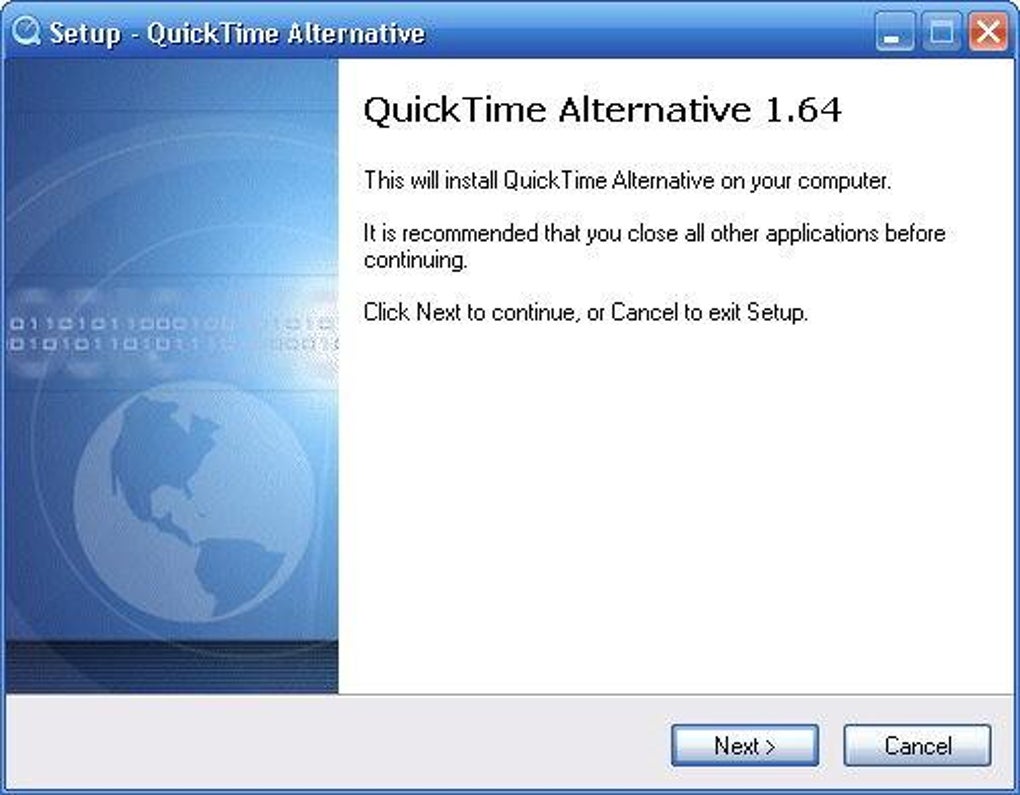

In the case shown here, ImageJ is using 65MB of memory and 134MB is available for opening additional images and stacks. The Finder's "About this Computer" window is a good way to monitor ImageJ's memory usage. Loading images! It may, however, be necessary to allocate more memory to ImageJ to avoid error messages with plugins that use Strangely enough, allocating more memory to ImageJ reduces the amount of memory available for

Java applications allocate memory from the System heap so there is usually no need to increase the value of "Preferred Size" in ImageJ will run on a 64MB Mac but it runs better with 256MB or more, particularly when working with large images and/or stacks. Older versions of MRJ had many bugs so users of older Macs may need to upgrade to the latest version. ImageJ requires Macintosh Runtime for Java (MRJ), available from MRJ requires Mac OS 8.1 or later. To run ImageJ, double-click on the ImageJ icon. (Use Stuffit Expander if your browser does not automatically expand the archive.) Move the resulting "ImageJ" folder to a convenient location such as the Applications folder. Download and expand the Macintosh self-extracting archive.


 0 kommentar(er)
0 kommentar(er)
